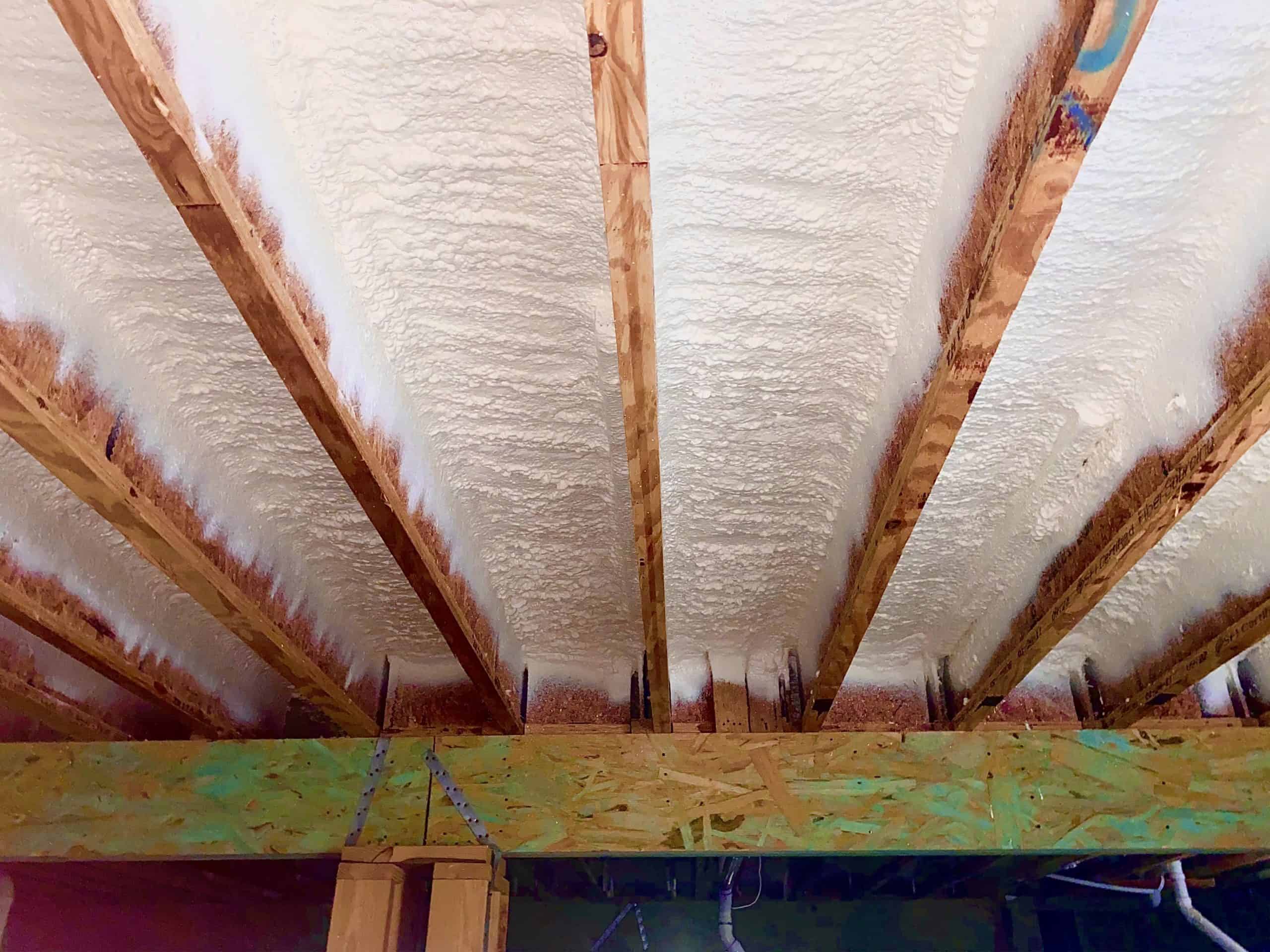
How-To Insulate Your Crawl Space: A Step-By-Step Guide
Crawl space insulation is an essential component of a home’s energy efficiency and overall comfort. This often-overlooked area plays a crucial role in maintaining optimal indoor temperatures while protecting the structural integrity of the house. Proper insulation in the crawl space helps prevent moisture buildup, which can lead to mold growth and damage to wooden structures. Additionally, well-insulated crawl spaces can significantly reduce heating and cooling costs, making it an investment that pays off in the long run.
In this article, we will explore the various types of crawl space insulation materials, their benefits, and the best practices for installation. Whether you are considering insulating a new crawl space or retrofitting an existing one, understanding your options is key to creating a healthier living environment and improving your home’s energy efficiency. Join us as we delve into everything you need to know about crawl space insulation and ensure your home remains comfortable and cost-effective year-round.
Types of Crawl Space Insulation Materials
There are several types of insulation materials suitable for crawl spaces, each with its unique benefits. Foam board insulation is popular for its excellent insulating properties and moisture resistance. Fiberglass batts are another option, offering flexibility and ease of installation, though they do require a vapor barrier to prevent moisture accumulation. Spray foam insulation provides superior air sealing and insulation but can be more costly. When selecting insulation, it’s important to consider factors such as local climate, crawl space conditions, and budget constraints. For comprehensive solutions tailored to your specific needs, you can explore options through Crawl Space Insulation Solutions Greenville.

Best Practices for Crawl Space Insulation Installation
Proper installation of crawl space insulation is vital for maximizing its effectiveness. Begin by assessing the condition of the crawl space, ensuring it is clean and free of moisture before installation. Always use a vapor barrier on the ground to prevent dampness from infiltrating the insulation. When fitting insulation material, ensure tight seams and coverage to avoid gaps that could allow air leaks. Additionally, consider sealing any cracks or openings in the foundation walls to further enhance energy efficiency. Regular inspections and maintenance of the insulation will help maintain its performance over time, ensuring that your crawl space contributes positively to your home’s overall energy efficiency and comfort.
In conclusion, investing in crawl space insulation is a critical step towards enhancing your home’s energy efficiency and comfort while safeguarding its structural integrity. By selecting the right materials and adhering to best installation practices, homeowners can mitigate the risks of moisture-related issues and significantly cut down on energy costs. Regular maintenance and inspections will keep the insulation performing optimally, ensuring that your crawl space remains a healthy environment. Ultimately, creating an insulated crawl space not only elevates living conditions but also contributes to long-term savings and peace of mind.
